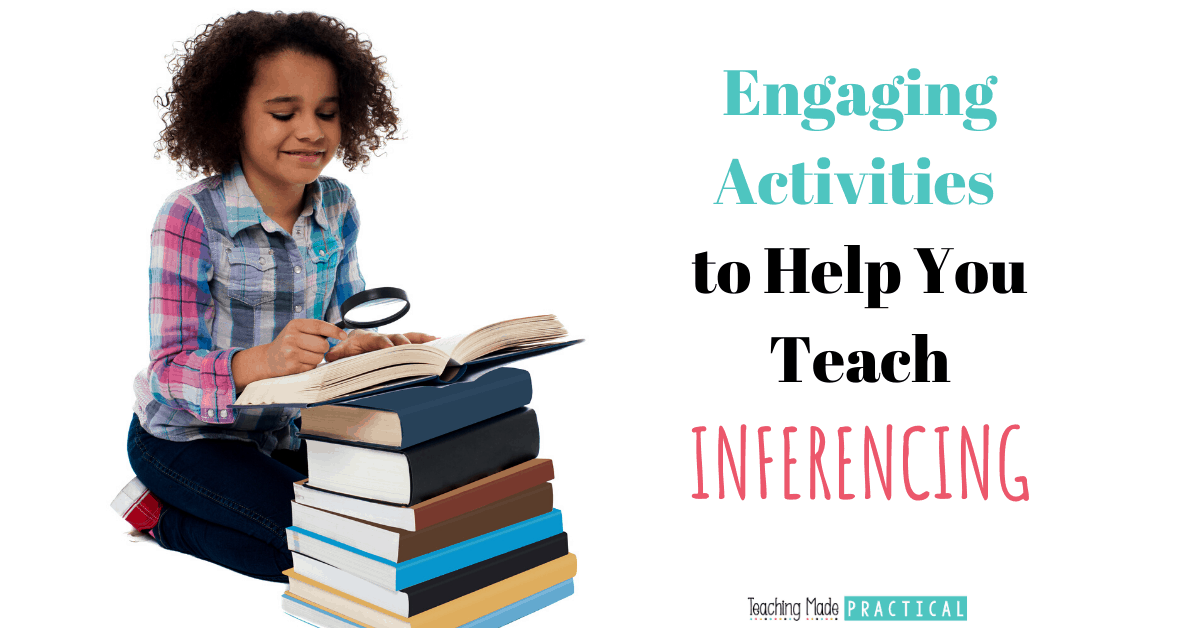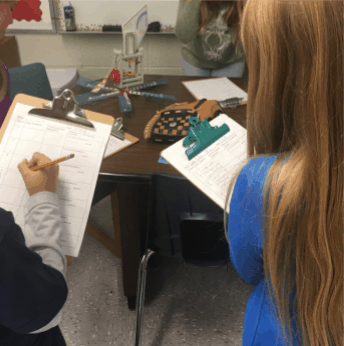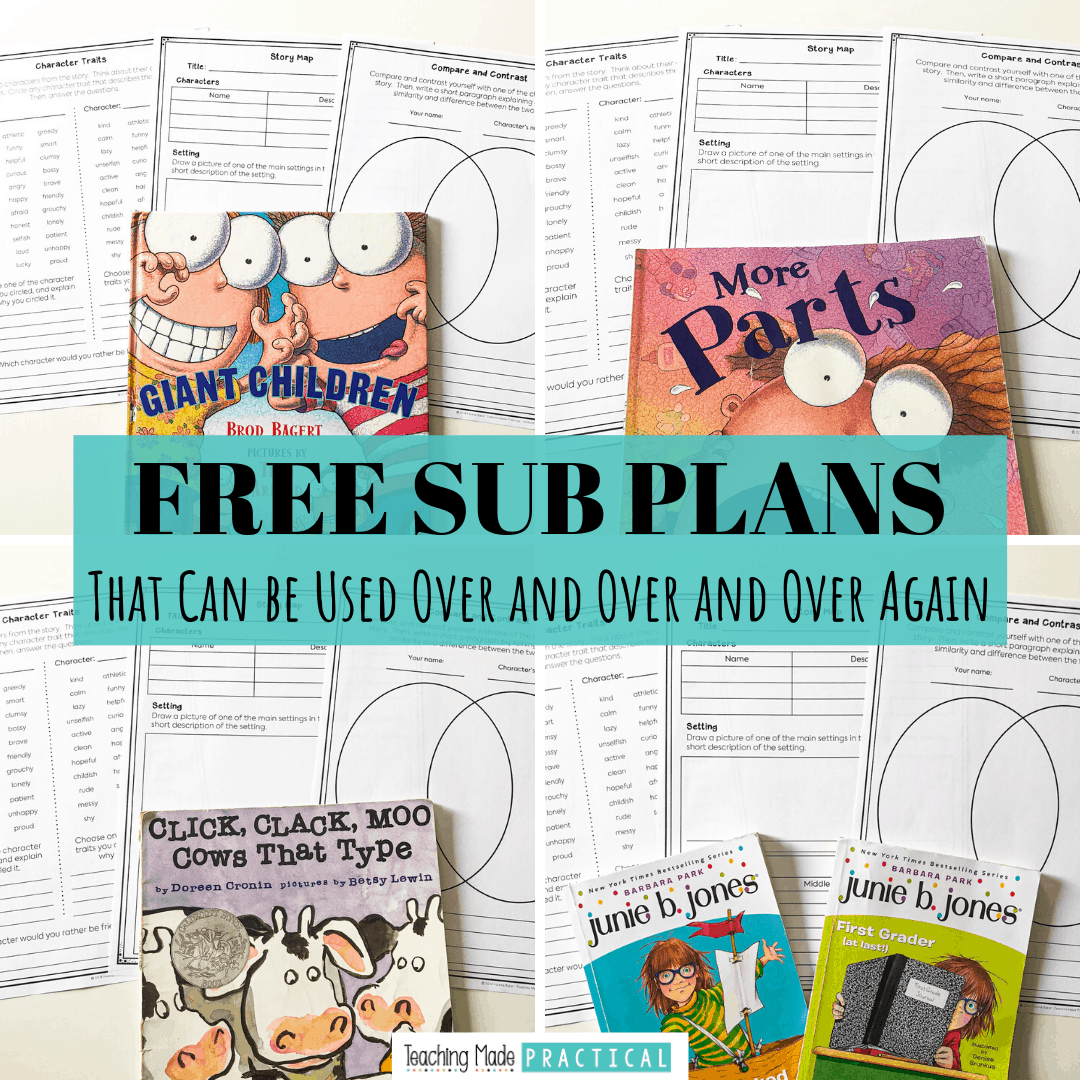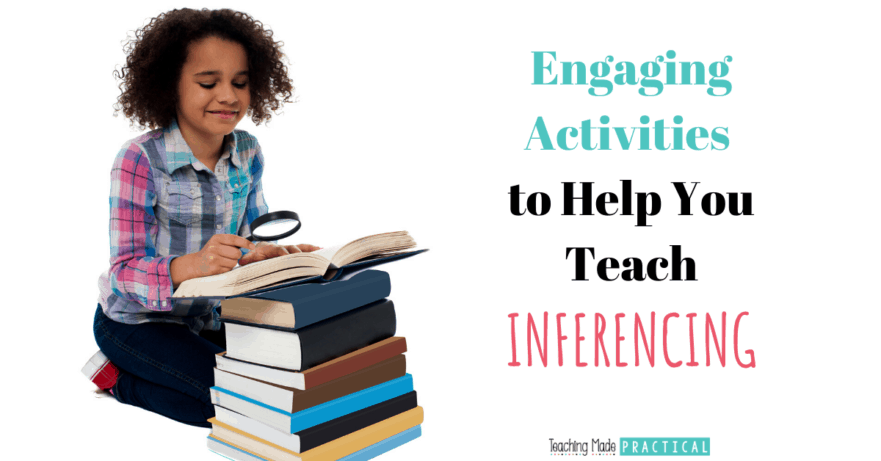
Making inferences in our daily lives comes naturally to most of us. We walk past a bakery and smell the aroma of fresh baked goods and decide to stop in for a treat.
But wait - how did we know this establishment would provide us with warm baked goods? Easy, our background knowledge, or prior knowledge, of bakeries and smells lead us to this inference. Perhaps there were also more concrete clues like pictures or words on the storefront that let us know that we would find cookies, cakes, and desserts inside. It doesn’t take our brain long to put our prior knowledge and the clues we see together and make the decision to walk inside for a bite to eat.
What if you had no prior knowledge of bakeries? What if you didn’t recognize the words or pictures on the store front? Would it take you longer to decide if going in and expecting food was an accurate inference?
Introducing Inferencing
In order to comprehend a text to its fullest extent, readers must be able to infer, or “read between the lines.” Making accurate inferences requires a person to have prior knowledge of the subject and be able to synthesize all of the clues available to them.
This is typically a challenging skill for 3rd, 4th, and 5th graders. In my experience as an upper elementary teacher, using text alone to teach this skill has not been effective. Instead, I have used a scaffolded approach, which helps students see how they make inferences in their daily life and allows them to work with manageable text before diving in to more complex passages.
I begin by walking my students down to the cafeteria right before lunch is set to begin. Stopping just short of the cafeteria door, students begin to smell the familiar savory scent of lunch cooking. I ask students to close their eyes and use everything they smell to help them picture what is going to be served for lunch. On a sticky note, students write down what they infer is the main entree. The majority of the class will come up with an accurate inference.
As a class we discuss how some people knew the correct answer and some people didn’t. Students will discover that those who regularly eat from the cafeteria are more likely to know the correct answer because they have more prior knowledge. Those who regularly bring a lunch box are less likely to make an accurate inference. This simple activity seemed to help students understand that the clues are what we see, hear, taste, smell, touch, or feel and our prior knowledge comes from our own experiences.
We do a few more activities like this that capitalize on the other senses so students can better understand how to identify clues and pair them with their background knowledge to make an inference. It is easy to assume that students would be ready to dive into text after these inferencing activities. I have found that many 3rd, 4th, and 5th graders still need scaffolding to get them prepared to attack a larger text.
Inferencing Escapade
Before tackling larger text, my fourth graders need a stepping stone activity. Enter the Inferencing Escapade! Why an escapade you might ask? This activity sends students on a hunt to find clues that match case files of staff members in their school. This activity is highly engaging and gives students the confidence they need to make inferences in challenging text.
You'll need to prepare some clues as well as a case profile for different staff members for this activity. See a sample case profile here.

Step 1: Choose and Set Up The Clues
I begin by setting the room up the day before with clues. The clues have been carefully selected to match each teacher profile I will provide to the students.
When you are picking the clues, don’t make them too obvious. You want students to have to use the details of the profiles to rule out clues that may seem like they are a match. Each clue has a number taped above or below it.
As students walk in, they immediately begin to look at the clues and question what we are going to do with them. I begin the lesson by explaining that students are going to act as detectives to determine which clues belong to different people.
Step 2: Make Case Profiles and Set Up The Activity
I make a big deal about revealing the case profiles to students. The case profiles are their top secret detective information. Before the activity, I create a Google Slides that includes profiles for various staff members in the school. I make it more fun by including all three of my dogs as well. Each staff member, or dog, has a slide that includes their picture and bullet pointed facts about them. I recommend asking permission of the staff members before making your profiles. I give each profile 4-5 pieces of information. I explain to students that each person, and in my case dog, has a clue that matches them.
Step 3: Students Begin the Inferencing Escapade
The first thing students do is read through the profiles. They then go around the room and take notes about each clue on a premade chart. As students visit each clue, I do not allow them to communicate with each other.
When students come back to their seat, I tell them that they can work as a group to match up the clues. What they soon figure out is many of the clues seem like they would go with multiple profiles. Many of them ask to get up and go back to the clue to collect more details. This is when I stop and discuss why it is important to pay attention to the small details when we are reading. Students are allowed to revisit clues as needed.
The chart that students use to decide which clue matches with who, has a column that says, “I can infer that the (blank) belongs to (blank) because (blank). I explain to students that their background knowledge is what allows them to make the inference about why the clue belongs to the person or dog they chose.
Step 4: Reflection
After students have made their final decisions, we have a group discussion in which I reveal the owners of each clue. We then make a t-chart of our challenges and our successes. Students often mention that deciding which clue belonged to which person was challenging because they had to pay close attention to the details in the information. I again reference how this applies to students as active readers.
The Inferencing Escapade is an engaging way for students to learn to make inferences using prior knowledge and details from the text. While it is a challenging activity, it also helps students gain confidence in their ability to make inferences.
The staff profiles also provide students with information about school staff that makes them feel connected with their environment. This activity is student centered and allows the teacher to become a facilitator. The activity can be modified by partnering students who may need more assistance.
This activity could also be entirely digital by making a Google Slides that contains picture or video clues. There are many ways that you could add your own touch to this activity.
You might also like this free making inferences cut and paste activity!
Never Stress Over Sub Plans Again!

Make copies, find a fiction book, and you'll be ready for any emergency that comes your way!

